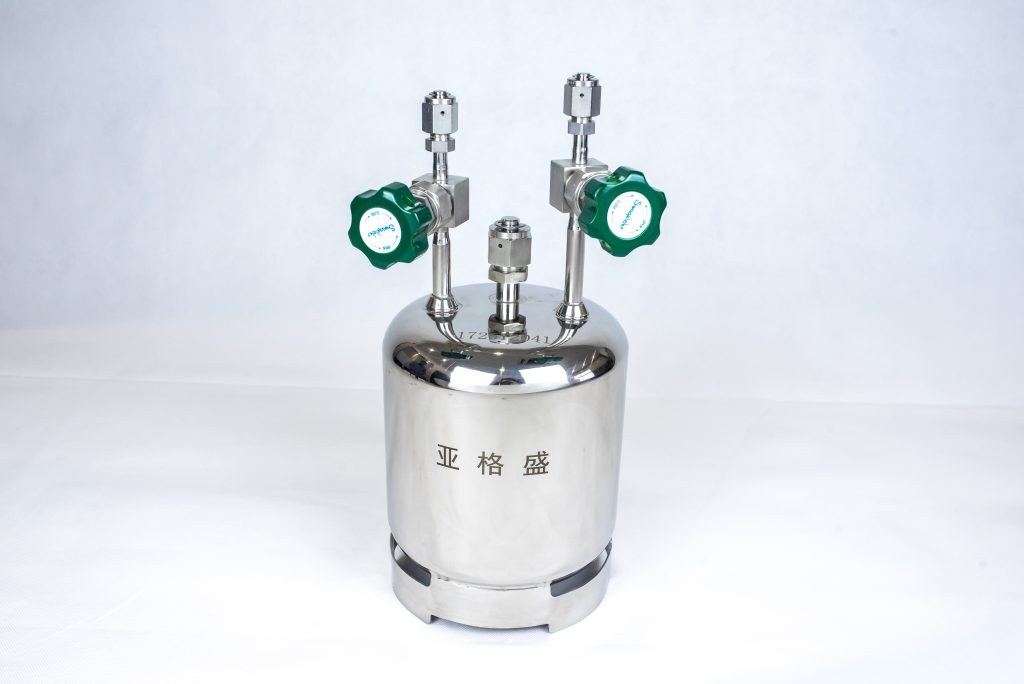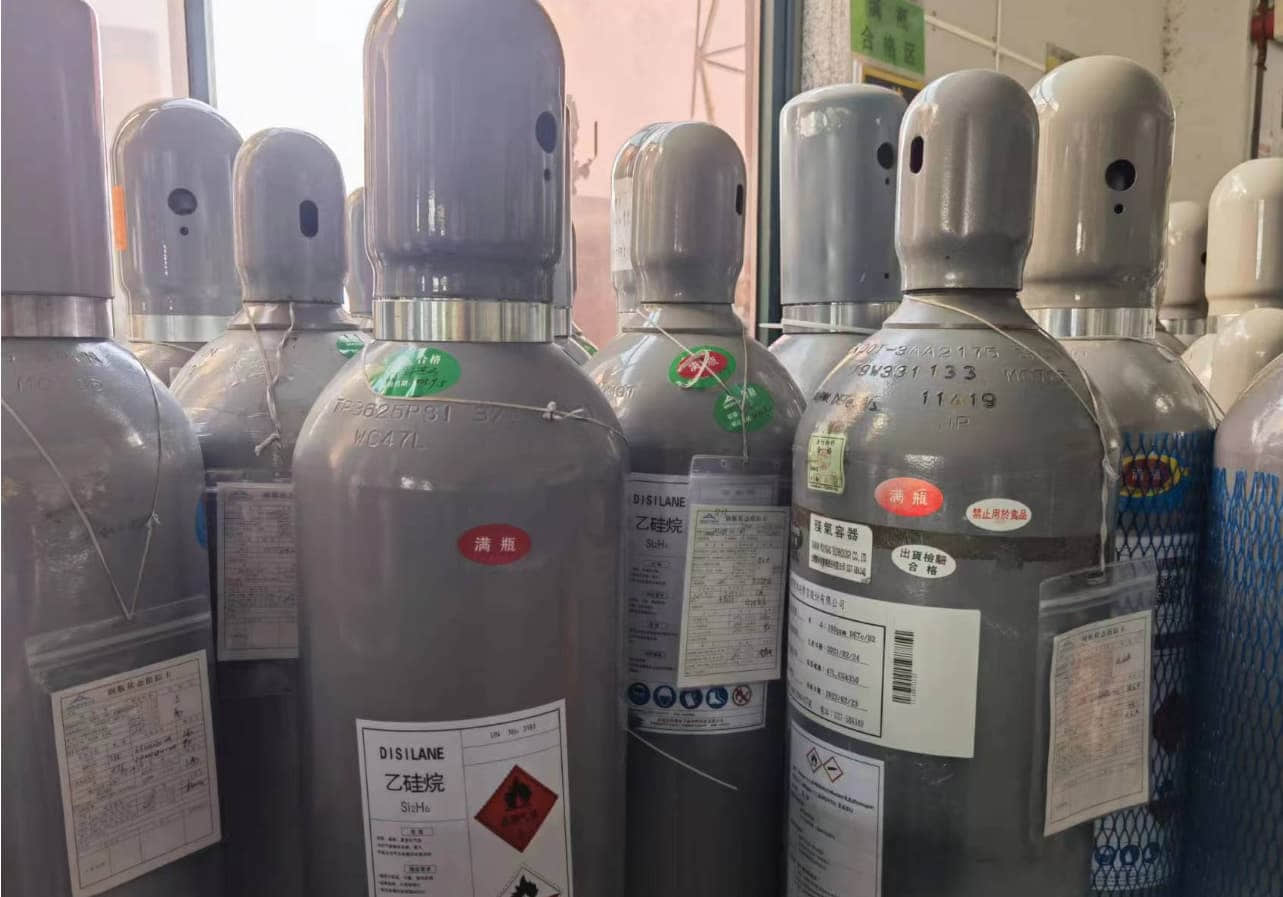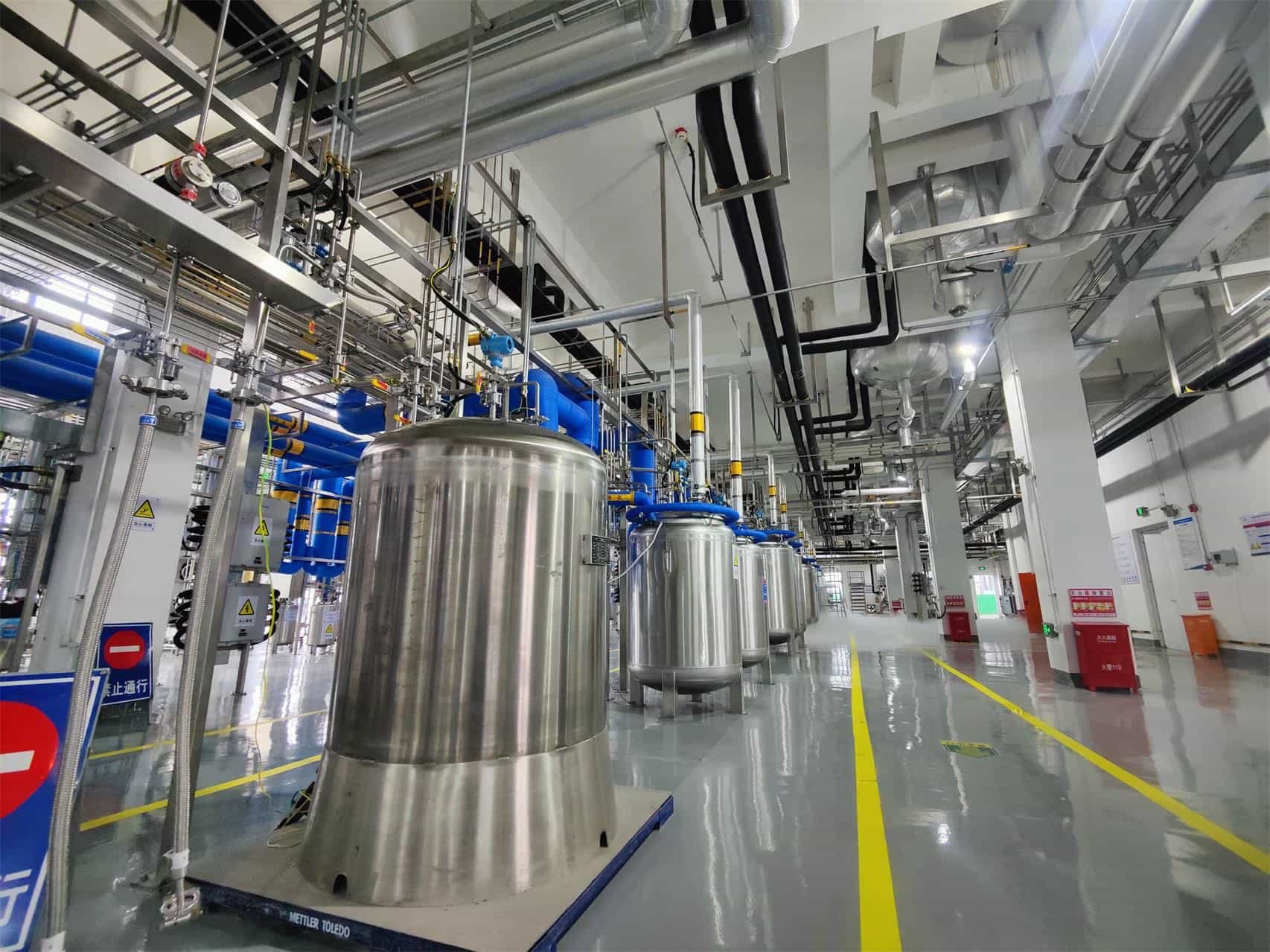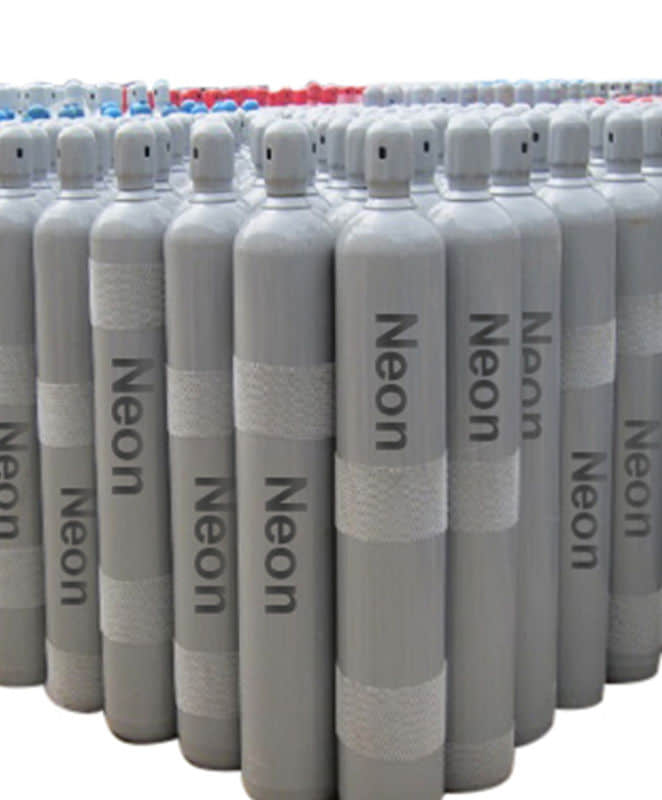Triethylstibane
Chemical formula C6H15Sb
Molecular weight 208.943
CAS login number 617-85-6
EINECS login number 210-534-8
Melting point -98 ℃
Boiling point 156 ℃
Water soluble and insoluble
Density 1.32 g/cm ³ (16 ℃)
Colorless liquid in appearance
Purity available: 99.9999%
Physical and chemical properties
Density: 1.32g/cm3 (16 ℃)
Melting point: -98 ℃
Boiling point: 156 ℃
Appearance: Colorless liquid
Solubility: insoluble in water, soluble in ethanol and ether [1]
Computational Chemistry Data
Reference value for hydrophobic parameter calculation (XlogP): None
Number of hydrogen bond donors: 0
Number of hydrogen bond receptors: 0
Number of rotatable chemical bonds: 3
Number of tautomers: 0
Topological molecule polarity surface area: 0
Number of heavy atoms: 7
Surface charge: 0
Complexity: 25.7
Isotope atomic number: 0
Determine the number of atomic structure centers: 0
Uncertain number of atomic structure centers: 0
Determine the number of chemical bond stereocenters: 0
Uncertain number of chemical bond stereocenters: 0
Number of covalent bond units: 1 [1]
purpose
Mainly used as an organic synthesis catalyst. can also be used in suspension preparation, electrolytes, semiconductor materials, and other fields.
High purity electronic products are supporting materials for epitaxial growth using metal organic chemical vapor deposition (MOCVD) technology. It can be used to produce ultra-high brightness LED light-emitting diodes, HEMT high electron mobility transistor devices, semiconductor lasers, infrared detectors, solar cells, etc. It is a key material for the development of the optoelectronic industry, and its purity has a crucial impact on the final optoelectronic devices, especially for the functions of high-power and ultra-high brightness LED chips with high technological content.
2. High purity triethylantimony provides an antimony source for semiconductor materials such as alsb, gasb, and insb. It is one of the most important sources for the growth of optoelectronic materials in metal organic chemical vapor deposition (mocvd) and chemical beam epitaxy (cbe) processes. It plays an irreplaceable role in semiconductor materials and the LED industry. The performance of these semiconductor material deposition layers is closely related to the purity of triethylantimony, meaning that even a small amount of impurities can affect their performance
Emergency response
Leakage emergency response
Quickly evacuate personnel from the contaminated area to a safe area, isolate them, and strictly restrict entry and exit. Cut off the fire source. It is recommended that emergency personnel wear self-contained positive pressure respirators and protective clothing. Cut off the source of leakage as much as possible.
Minor leakage: Absorb or absorb with sand or other non combustible materials.
Large amount of leakage: Build embankments or dig pits for containment. Transfer to a tank truck or dedicated collector using an explosion-proof pump, recycle or transport to a waste disposal site for disposal.
Protective measures
Respiratory protection: When working, a filtered gas mask (half face mask) should be worn. When rescuing or evacuating in an emergency, it is necessary to wear an air respirator.
Eye protection: Wear chemical safety goggles.
Body protection: Wear work clothes that prevent the penetration of toxins.
Hand protection: Wear rubber gloves.
Other: Smoking is strictly prohibited at the work site. After work, take a shower and change clothes. Store clothes contaminated with toxins separately and set aside after washing. Maintain good hygiene habits.
First aid measures
Skin contact: Immediately remove contaminated clothing and rinse with plenty of flowing water for at least 15 minutes. Seek medical attention.
Eye contact: Immediately lift the eyelids and thoroughly rinse with plenty of flowing water or physiological saline for at least 15 minutes. Seek medical attention
Inhalation: Quickly remove from the scene to a place with fresh air. Maintain airway patency. If breathing is difficult, administer oxygen. If breathing stops, immediately perform artificial respiration. Seek medical attention.
Ingestion: Rinse mouth with water and give milk or egg white to the person taking it by mistake. Seek medical attention.







